- News
- Reviews
- Bikes
- Components
- Bar tape & grips
- Bottom brackets
- Brake & gear cables
- Brake & STI levers
- Brake pads & spares
- Brakes
- Cassettes & freewheels
- Chains
- Chainsets & chainrings
- Derailleurs - front
- Derailleurs - rear
- Forks
- Gear levers & shifters
- Groupsets
- Handlebars & extensions
- Headsets
- Hubs
- Inner tubes
- Pedals
- Quick releases & skewers
- Saddles
- Seatposts
- Stems
- Wheels
- Tyres
- Tubeless valves
- Accessories
- Accessories - misc
- Computer mounts
- Bags
- Bar ends
- Bike bags & cases
- Bottle cages
- Bottles
- Cameras
- Car racks
- Child seats
- Computers
- Glasses
- GPS units
- Helmets
- Lights - front
- Lights - rear
- Lights - sets
- Locks
- Mirrors
- Mudguards
- Racks
- Pumps & CO2 inflators
- Puncture kits
- Reflectives
- Smart watches
- Stands and racks
- Trailers
- Clothing
- Health, fitness and nutrition
- Tools and workshop
- Miscellaneous
- Buyers Guides
- Features
- Forum
- Recommends
- Podcast
review
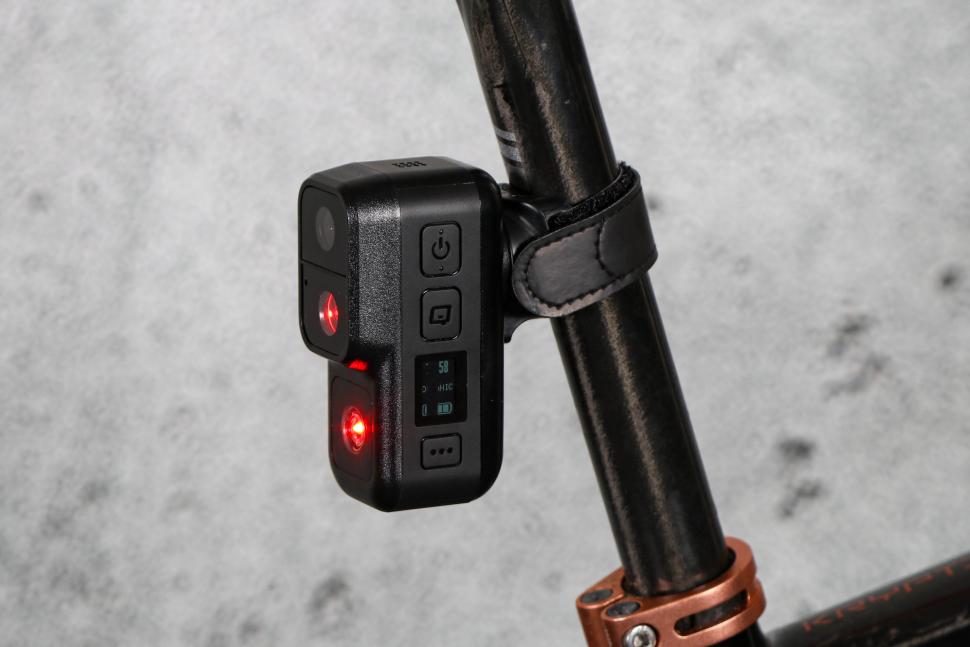 Cycliq Fly6 Pro Bundle
Cycliq Fly6 Pro Bundle£347.98
VERDICT:
Excellent 4K video quality, and a useful rear light and Wi-Fi transfer – if you can stomach the price hike
Excellent quality footage
USB-C charging
Easy to use
Weatherproof
Good rear light
Price
It's a big unit
Buttons are flat and hard to find
Weight:
154g
Contact:
At road.cc every product is thoroughly tested for as long as it takes to get a proper insight into how well it works. Our reviewers are experienced cyclists that we trust to be objective. While we strive to ensure that opinions expressed are backed up by facts, reviews are by their nature an informed opinion, not a definitive verdict. We don't intentionally try to break anything (except locks) but we do try to look for weak points in any design. The overall score is not just an average of the other scores: it reflects both a product's function and value – with value determined by how a product compares with items of similar spec, quality, and price.
What the road.cc scores meanGood scores are more common than bad, because fortunately good products are more common than bad.
- Exceptional
- Excellent
- Very Good
- Good
- Quite good
- Average
- Not so good
- Poor
- Bad
- Appalling
The Cycliq Fly6 Pro combines a rear-facing camera and bike light, offering video recording in 4K and 100-lumen output. The video resolution is excellent for capturing details in case of an incident, and the device is easy to use with Wi-Fi transfer simplifying footage viewing. This latest version has had a bit of a price hike, though; you might find better value in a standalone camera with a longer battery life.
> Buy now: Cycliq Fly6 Pro for £330 from Cycliq
Given the increasing frequency of dangerous driving incidents and my own experiences, I was eager to try a rear-view camera for added security and peace of mind when riding. While riding with a camera isn't going to eliminate bad drivers, being able to capture their number plates can be valuable if you need to report an incident.
Pro modifications
Key modifications of the Fly6 Pro over the Gen 3, which Emma reviewed last year, include 4K video recording, extended battery life of up to 7 hours, dual LEDs with 100-lumen output, and IP67 certification.
It also captures a 145-degree field of view, features electronic image stabilisation, and supports wireless 5Ghz Wi-Fi Transfer.
While I haven't used previous generations for direct comparisons, on the face of it the specs appear to be a significant improvement. More on them in a bit.
Unboxing and in use
The bundled package being reviewed here includes the Fly6 Pro unit with a 64GB microSD card, a USB-C cable for charging and transferring files, a safety tether, mounting bracket, two mounting straps, and four bracket adapters (0 degree, D shaped, aero and universal).
On top of this, the bundle also comes with a lens protector pack and a silicone case.
One disappointment was that the mounting straps had been stuck together in the packaging, causing some of the coating to peel off in certain areas. While this isn't visible once the camera is mounted and secured, it's a small letdown considering the price of the product.
My first impression was that the unit itself is pretty hefty. It measures 84 x 47 x 35mm (3.31 x 1.85 x 1.38in) and weighs 154g, which is nearly double the weight of the Gen 3 at 78g.
The position and design of the cover for the SD card and charging ports works well. It's easy to open but locks into position so that it doesn't fling open when going over bumpy roads or gravel. I also had no issues with water ingress.
Unlike the Gen 3, both the power button and Q button are on the same side, along with the OLED display and the function button.
The on/off button is used to change between light modes and the Q button is used to lock footage if you experience an incident, so you can find the segment when looking back after your ride. Like previous generations, the buttons aren't easy to work in gloves, particularly with the silicone case fitted, and with these two sitting one above the other you risk turning off the camera completely if you want to lock footage while still pedalling.
Mounting
The supplied eighth-turn mount is very secure. Even though I always ride with the lanyard, the unit has never come loose from the mount. When it comes to charging the Fly6 Pro, I find it easier to un-Velcro the entire attachment rather than twist the camera off, because of how secure the mount is.
Talking of Velcro straps... The bracket is secured to the seatpost using one of the supplied straps. They grip the seatpost very well, and as long as you've done it up tight enough, you should have no issues with the camera rotating side to side, even on gravel or wet rides.
Set and forget
Once the unit is charged, you can get on the bike and go. While the settings can be customised in the app, it will work out of the box and is very simple to start up.
The Fly6 Pro is designed as a 'set and forget' accessory so the footage is set to record on a continuous loop. When there's no free space left to record on the SD card, it will start recording over the oldest available file first. The looping function cannot be turned off.
Image quality
You're undoubtedly purchasing a Fly6 to record evidence of dangerous driving when you're riding, so the image quality is the most important factor.
The Pro's upgrade to video quality of 4K at 30fps is the headline improvement, along with electronic image stabilisation, and you can view the footage quickly and easily on the mobile app via Wi-Fi or on the desktop app using the supplied cable. More on the app below.
I don't have a direct comparison to previous generations, but on the phone, the video looks really good and you can easily distinguish number plates in the case of an incident. The detail is sufficient across all of the settings – 4K, 1440p and 1080p.
Bright days certainly help the video clarity, but even with road spray and rain, the 1440p footage remained clear.
Like previous generations, the Fly6 Pro automatically locks its current segment when tilted 60 degrees for more than five seconds. It's also possible to lock files by pressing the Q button. Locked video files are easily identified with a lock symbol and aren't overwritten on the SD card, rather you must delete them manually.
App
The app is available for iOS and Android devices. I downloaded it onto my iPhone and MacBook and had no issues with its functionality. The phone app is great, connecting hassle-free to the Fly6 Pro every time via Wi-Fi, regardless of whether the camera was already turned on or not. The first time you connect the Fly6 Pro to your mobile device it needs to be turned on, but after that, if the camera is off, it automatically powers on and connects.
From the app (mobile or desktop), you can check the battery and SD card status – the percentage of space used up from locked files. You can then customise the video, light and sound settings.
For the video settings, with electronic image stabilisation on, you can record in either 4K or 1440p at 30fps. With electronic image stabilisation turned off, you can film in a further 1440p at 30fps with HDR, 1080p at 30fps with HDR or 1080p at 120fps. You also have the choice of recording in 1, 3, 5 or 10-minute segments.
You can disable certain light settings too, which means you have less to scroll through on the actual device when you turn it on to use. I've tended to use the Fly6 Pro as a camera only, so it worked well for me to turn all of the light settings off.
The Fly6 Pro needs to be connected with a cable to use the desktop app, and like with the mobile app you can view the device settings and see your footage. I didn't have an issue viewing the video footage on my phone but it's beneficial to have a bigger screen if you want to look up a potential issue.
On the desktop app you can also overlay Strava metrics, which is a bit of fun and quick to do – and useful for viewing your speed at the time of an incident.
There is also a tramline overlay function which adds lines to your footage showing lawful passing distance (1.5m in the UK) from your bike – you can choose to have them at 1, 1.5 or 2 metres.
Light
Compared with the Gen 3, the Pro upgrades the LED light from 50 lumens to 100 lumens, bringing it back to the same brightness of the earlier CE model. It is also a dual light system rather than the single LED on the Gen 3.
As previously mentioned, the light mode and output is customisable in the app, and you can cycle through the modes by pressing the power button on the Fly6 Pro unit. When you turn the Fly6 Pro back on, it does so in the last mode used.
There are eight different modes:
- Camera only (rear light off)
- Constant – high or low
- Flash – high or low
- Pulse – high or low
- Organic (random pattern with variable intensity)
Like Emma, I'm one for riding with a rear light in any conditions, so having a unit that is both a light and a camera is very appealing.
Battery life and charging
Emma wasn't impressed with the battery life on the Fly6 Gen 3, managing to run the camera for a maximum of four hours. One of the headline claims of the Fly6 Pro is the extended battery life of up to seven hours of camera recording with the light on.
Cycliq says that the higher resolution settings use up more power, and in my experience, the battery drained by about 40% in two hours when recording only in 4K, and by around 35% in two hours when recording in 1440p. With both the camera and light on, recording in 1440p and using pulse mode at high intensity, the battery had drained by around 55% over three hours.
Based on this, I think you would struggle to get the claimed seven hours of battery life with both the camera and light active. In my experience it lasts around five hours with both functions on, and up to six hours using only the camera. I don't often ride for more than four hours at a time, so it was more than sufficient for my longest rides, but it would be handy if it could last a weekend's worth of riding of more than six hours without needing a recharge in between.
> What to do if you capture a near miss, close pass or collision on camera while cycling
As regards charging, the Fly6 Pro charged from flat to full in around 3.5 hours, and from flat to around 38% in an hour.
Emma noticed that the battery life on the Gen 3 was significantly affected by colder temperatures, using hers in 5-6°C. I haven't had the chance to test the camera in cold conditions yet, as I've been riding in temperatures between 15 and 25°C.
Value
There's no denying that the Fly6 Pro is an expensive bit of kit – it's gone up by over 50% from the Gen 3. On its own it costs £319, while the bundle I had in to review is £347.98 – though it's currently available for £330.
The Techalogic CR-1 rear light with HD wide angle camera is less than a third of the price, and currently available for under £100. The Techalogic records in lower quality than the Fly6 Pro but Neil did get 7 hours 20 minutes of battery life running the camera only, and around 5.5 hours with the flashing light and camera on.
> Buyer’s Guide: 7 of the best bike cameras
Garmin's Varia RCT715 is a very slightly cheaper option at £299.99, combining a radar, camera and rear light, but Mike wasn't impressed by the app or the camera performance.
Conclusion
The Cycliq Fly6 Pro has had a significant price hike over the Gen 3, but the run-times have been improved and the 4K video quality is impressive. It's also easy to use and the Wi-Fi transfer simplifies uploading and viewing footage. It's certainly a very good option, with just the price holding it back; if you've already invested in a decent set of bike lights you might be better off getting a standalone camera with longer battery life.
> Buy now: Cycliq Fly6 Pro for £330 from Cycliq
Verdict
Excellent 4K video quality, and a useful rear light and Wi-Fi transfer – if you can stomach the price hike
road.cc test report
Make and model: Cycliq Fly6 Pro
Size tested: One
Tell us what the light is for, and who it's aimed at. What do the manufacturers say about it? How does that compare to your own feelings about it?
Cycliq says that this is a dashcam for cyclists - an integrated rear-facing bike camera and safety light.
"Engineered for safety-conscious cyclists, the Fly6 Pro features ultra-crisp 4K video, a 100-lumen dual LED system, and OLED display. With 5Ghz WiFi for fast video transfers and auto-looping recording, it offers up to 7 hours of recording and light, ensuring endurance and protection on every ride," says Cycliq.
Tell us some more about the technical aspects of the light?
Cycliq lists:
Up to 7 hours continuous recording and light
100-lumen rear light
Ultra-wide 145° field of view
4K 30fps, 1440p 30fps with HDR, 1080p 30fps with HDR, 1080p 120fps
Electronic Image Stabilisation 2.0
Incident Protection Mode
Overlay your ride with Strava metrics
Whatever Proof – IP67 certified
Wireless 5Ghz WiFi Transfer
A 64GB microSD card is pre-installed
Rate the light for quality of construction:
9/10
Rate the light for design and ease of use. How simple was the light to use?
8/10
The device is simple to set up and use, but the button locations make them difficult to press when cycling to lock footage.
Rate the light for the design and usability of the clamping system/s
9/10
Works well and multiple shaped mounts supplied.
Rate the light for waterproofing. How did it stand up to the elements?
9/10
IP67 rating.
Rate the light for battery life. How long did it last? How long did it take to recharge?
7/10
Around 5 hours with the camera and light functions on, which is extended to around 6 hours with camera only. It takes around 3.5 hours to charge from flat to full.
Rate the light for performance:
8/10
Rate the light for durability:
7/10
No issues so far.
Rate the light for weight:
6/10
Double the weight of the Gen 3.
Rate the light for value:
4/10
Tell us how the light performed overall when used for its designed purpose
It captures good quality video footage that's easy to download and view on both the mobile and desktop app, as well as a good rear light with multiple modes.
Tell us what you particularly liked about the light
Good quality video footage and light and easy to operate.
Tell us what you particularly disliked about the light
The button locations and the price. The run-times were okay for any type of riding I'd do, but a standalone camera is likely to have a longer battery life.
How does the price compare to that of similar products in the market, including ones recently tested on road.cc?
It's expensive compared with some, and also over 50% more than its predecessor, the Gen 3. The Techalogic CR-1 rear light with HD wide angle camera is less than a third of the price, currently available for under £100.
Did you enjoy using the light? Yes
Would you consider buying the light? Maybe
Would you recommend the light to a friend? Yes, if they were looking for a rear light and camera combo.
Use this box to explain your overall score
Compared with the previous version, the run-times have been improved and the 4K video quality is impressive. It's also easy to use and the Wi-Fi transfer simplifies uploading and viewing footage. In terms of performance, then, it's very good, but it comes with a significant price increase. If you've already invested in a decent set of bike lights you might be better off with a standalone camera, with longer battery life.
About the tester
Age: 23
I usually ride: specialised tarmac sl6 My best bike is:
I've been riding for: 10-20 years I ride: Most days I would class myself as: Expert
I regularly do the following types of riding: road racing, commuting, club rides, general fitness riding, fixed/singlespeed, mtb,
Emily is our track and road racing specialist, having represented Great Britain at the World and European Track Championships. With a National Title up her sleeve, Emily has just completed her Master’s in Sports Psychology at Loughborough University where she raced for Elite Development Team, Loughborough Lightning.
Emily is our go-to for all things training and when not riding or racing bikes, you can find her online shopping or booking flights…the rest of the office is now considering painting their nails to see if that’s the secret to going fast…
Latest Comments
- chrisonabike 2 hours 5 min ago
Does the "super-loud yellow" also help alert (non-deaf / non-earbud-wearing) pedestrians? Or will it just mean dogs bark at me?
- Festus 2 hours 55 min ago
One thing that bothers me is the use of antidepressant med and driving, it never gets picked up by police. Most of these types of medicines state...
- Mr Blackbird 3 hours 21 min ago
Possibly, but I think there will still be a time delay between receiving a warning and looking and the brain processing the image.I guess cycling...
- chrisonabike 4 hours 55 min ago
Indeed - but again these are perhaps questions we should keep asking. Even if the immediate answer is "well we are where we are" or "how on earth...
- Surreyrider 5 hours 48 min ago
Specialized aren't that American. Merida owns something like 49%.
- wtjs 6 hours 43 min ago
Then smash bad driving behaviour very hard...
- David9694 11 hours 20 min ago
Calls for Oxfordshire transport chief to resign blocked...
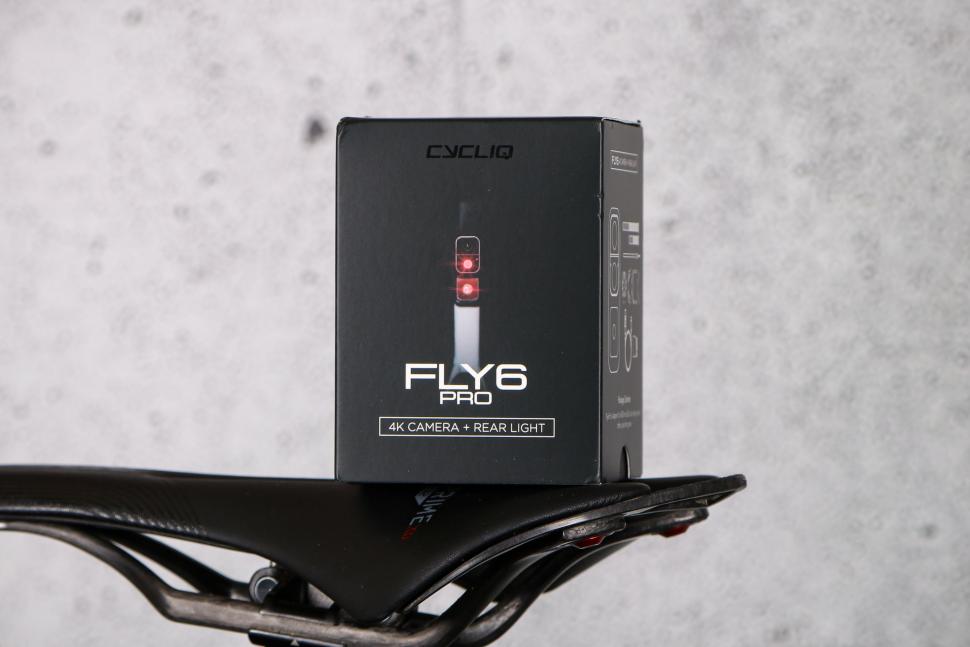
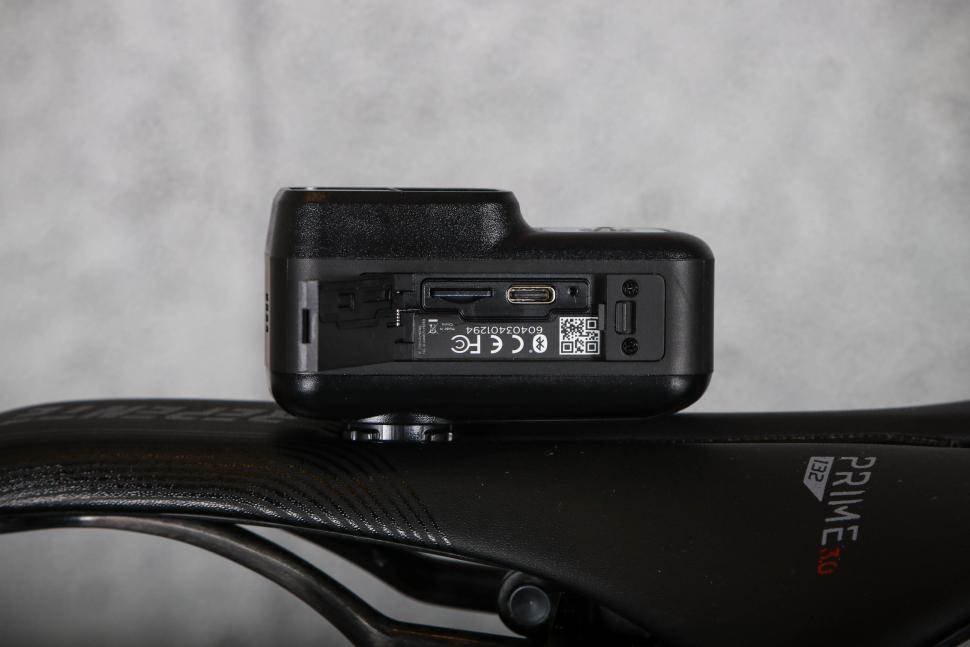
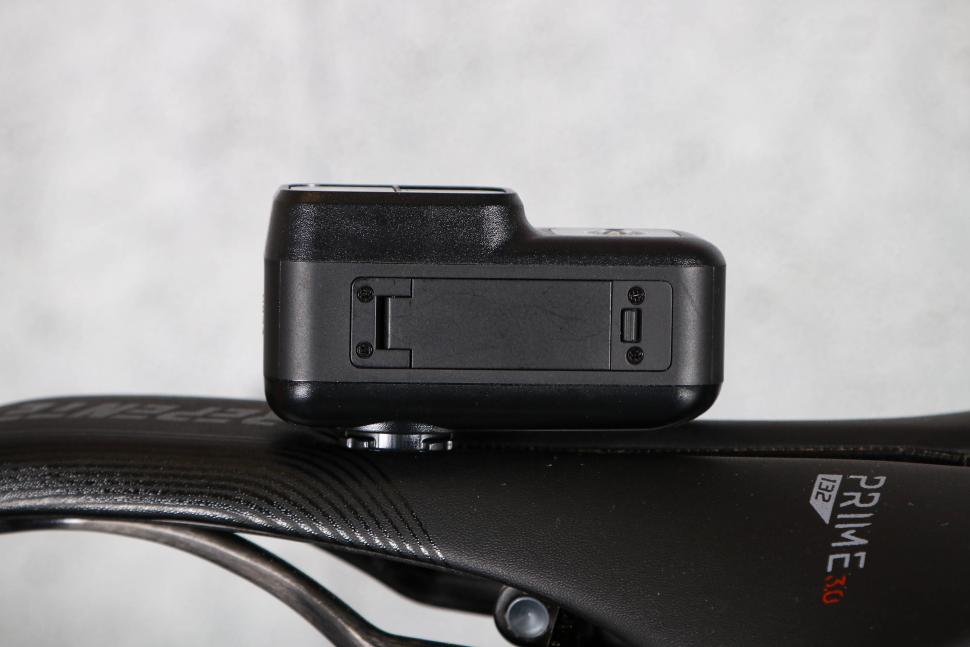
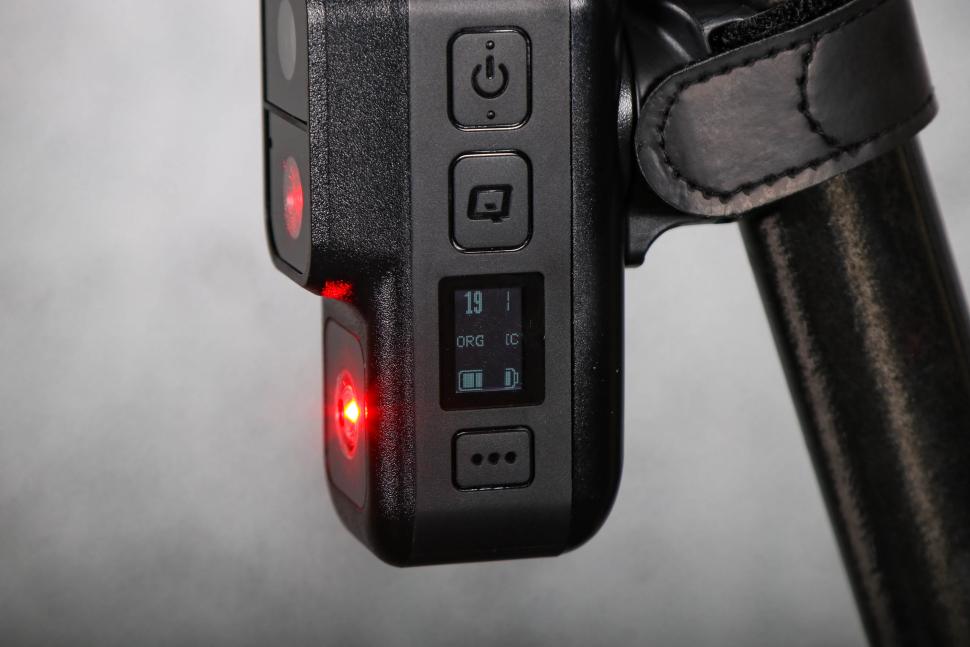
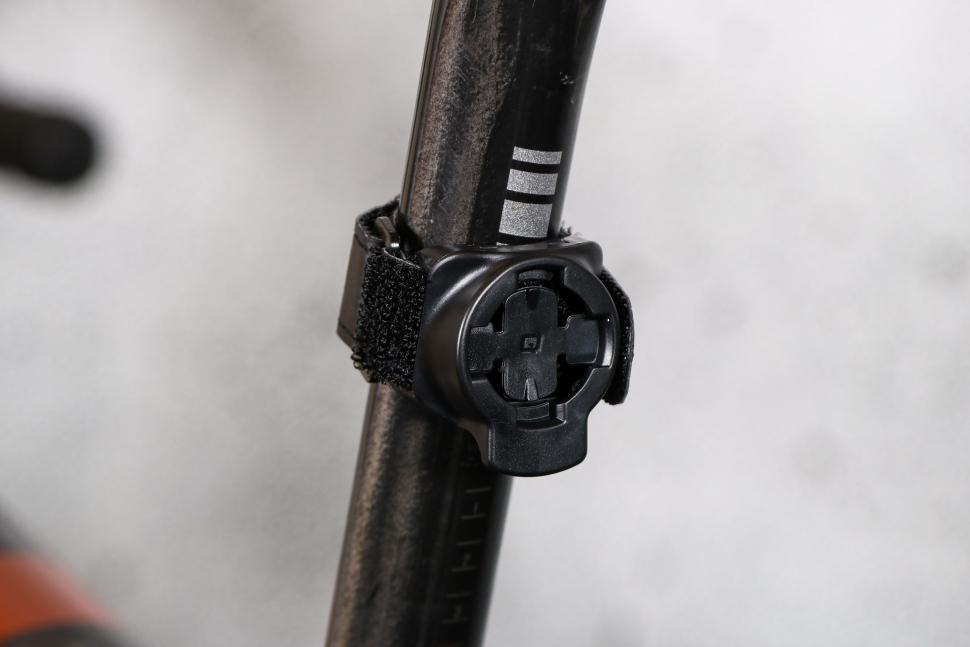
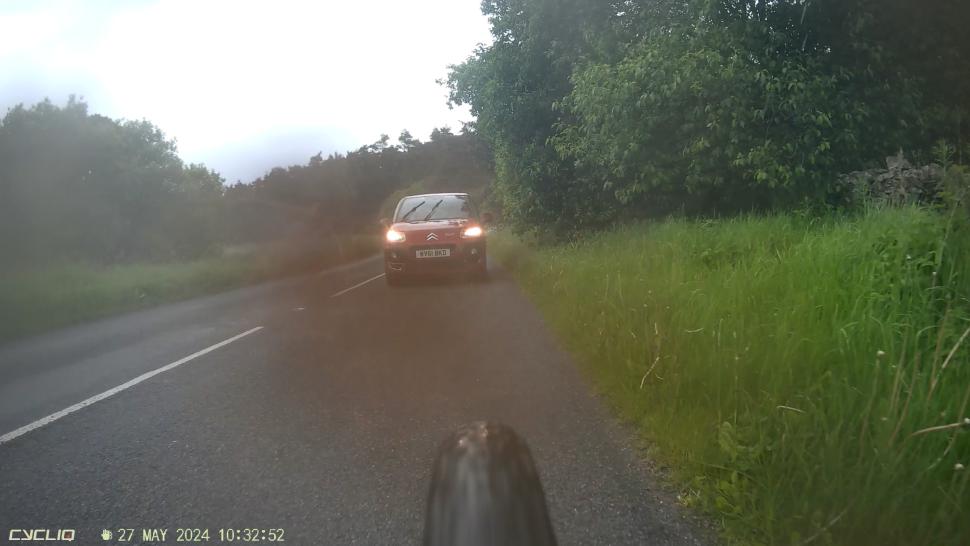
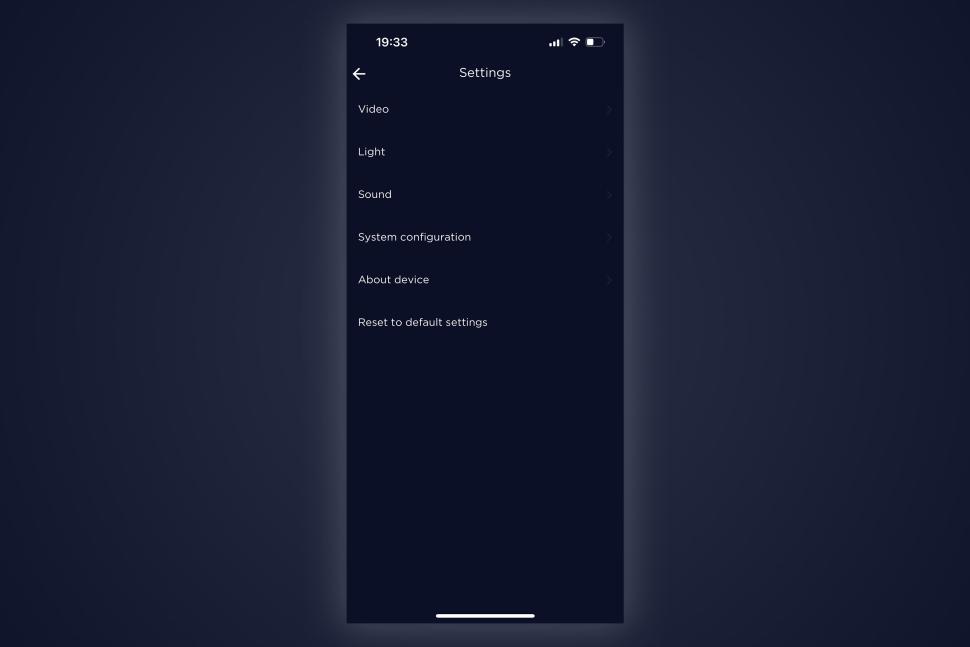
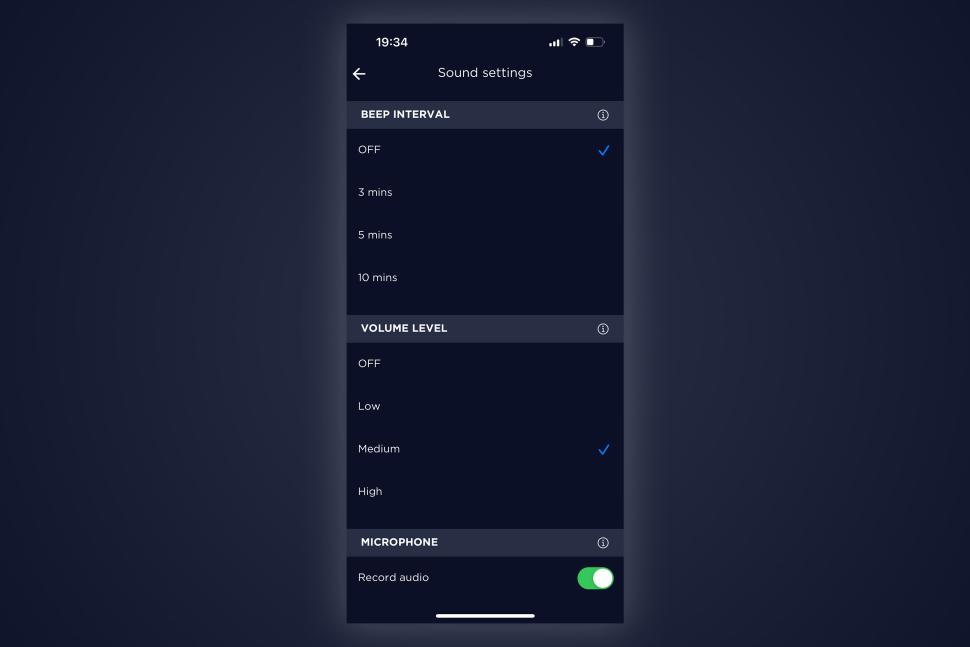
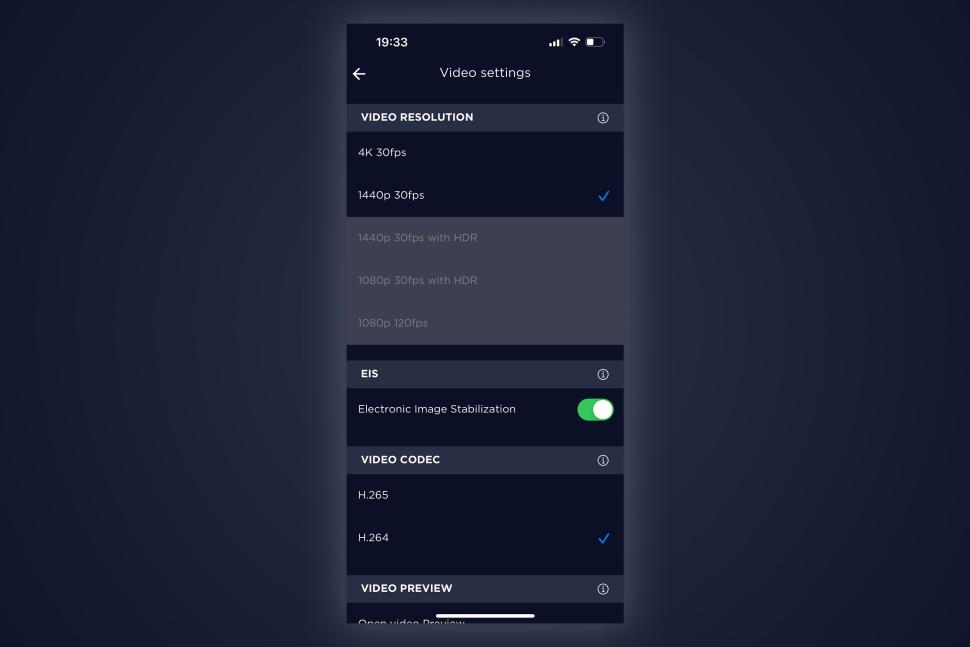
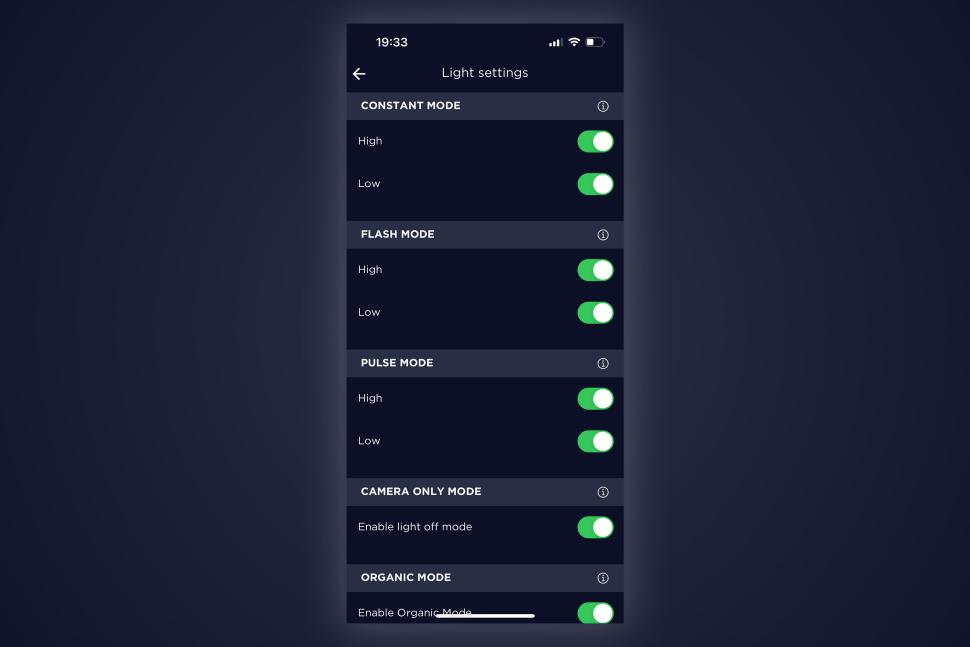

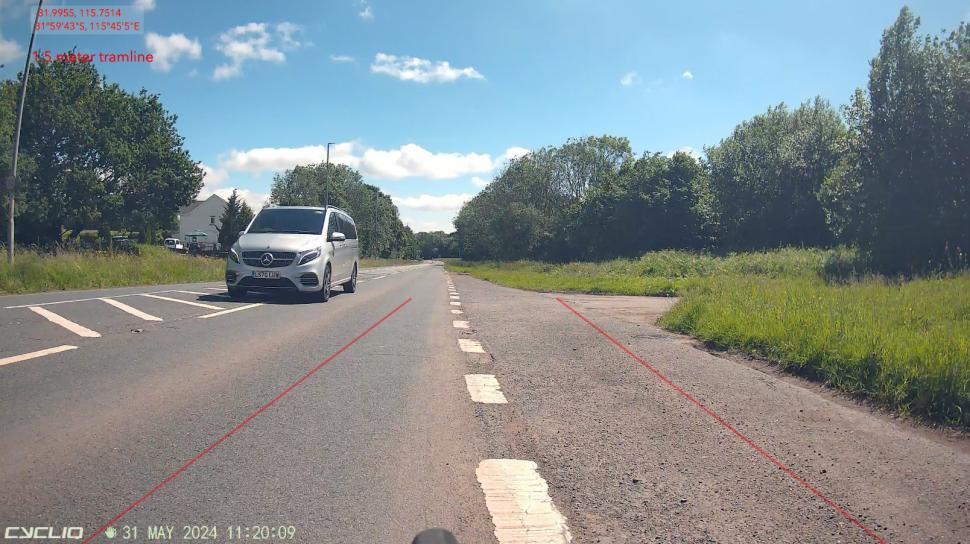

















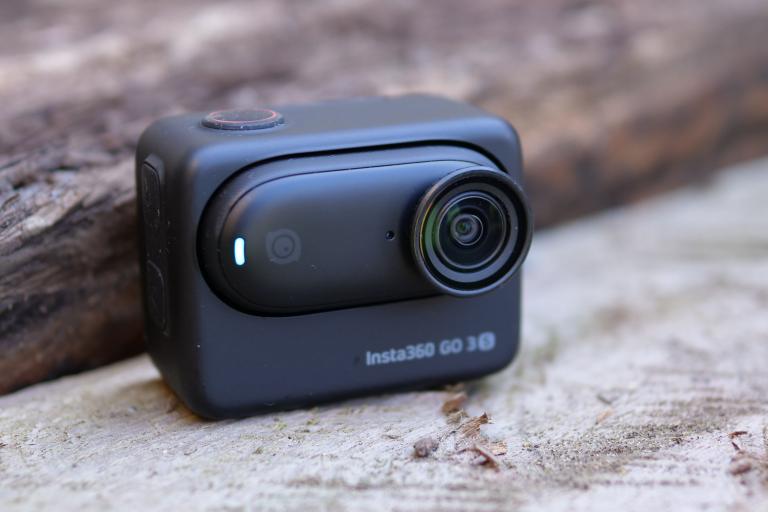
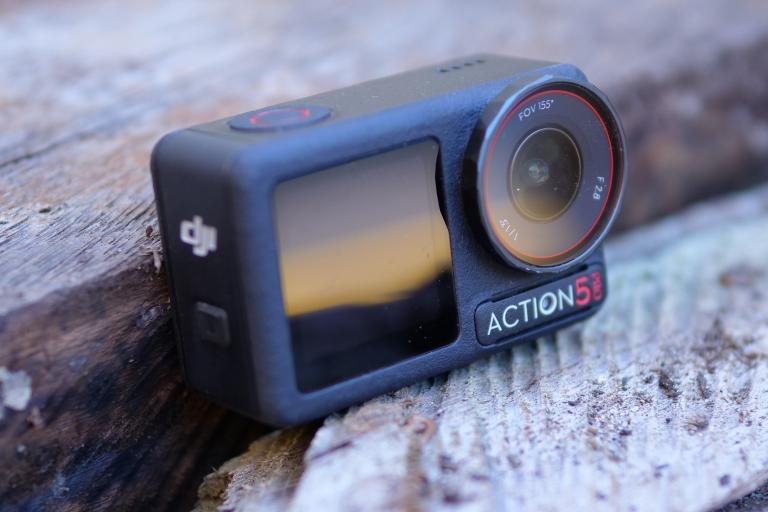

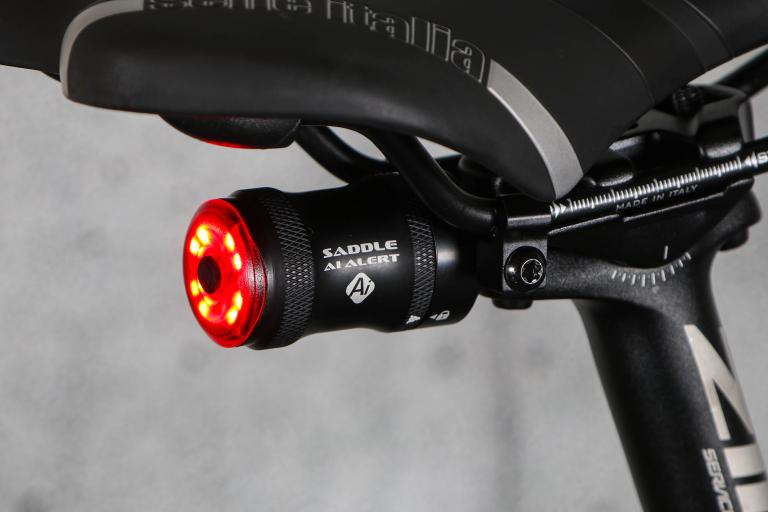
Add new comment
7 comments
Having used Cycliq for a few years I just hope they've improved their quality and durability. Great concept of set and forget light and camera packages, I'm on my second set. However, mine have never lasted without something breaking, eg. battery door, mounts (always, mine are currently permanently bonded into the mount afer breaking early in their life), etc. I sincerly hope they done it properly this time.
Price jump is difficult to stomach, especially when competition like the SeeMee DV camera light with better light visibility and battery life is half the price. But Cycliq do offer a good package, just need to back it up with durability/quality and customer support.
It should be possible to put "sticky feet" on the buttons, with a blob of Superglue if necessary.
eg https://www.amazon.co.uk/Silicone-Adhesive-Self-Stick-Dampening-Furnitur...
https://www.amazon.co.uk/dp/B0BFWHM5M7/
(or similar if these are too large)
At night the usual problem is either the footage is too grainy/blurred to make out a number plate (due to higher signal gain and longer shutter times), or the number plate is blown out (because the co-axial light reflecting off the plate overwhelms the night-time exposure). It only needs one frame to show the number plate legibly. I've often wondered whether these devices could record just one frame in every second with the exposure optimised to capture just the reflective number plate (hence a much briefer exposure time, and less signal gain), synchronised to the flash of the light. The other 29 frames would still record at "normal" exposure to show the fullness of the scene.
I used mine yesterday in a massive thunderstorm that lasted a good 40 mins. No issues. I then washed my bike down with the light on bike, hosed down, washed with soapy water, then hoses again. No issues.
I bought a great mount on eBay from 3ddesigncrnter to attach to my Ortlieb saddle pack. Twists in and feels more secure and positive than the equivalent for the front Fly 12 Sport which I also got.
Cycliq do a 10% off first time purchases.
The footage is incredibly clear. But to be honest I find the mobile app really confusing. I have yet been unable to cut footage into 10 or 30 second clips. Cycliq sent me some advice on it but have yet to follow up
On that Cycliq have been very quick to answer any tickets I submitted to them.
Just be aware that weirdly they only warranty their product if bought direct from them, is my understanding.
It would be good if the reviewer could have specifically quoted the length of time they've tested the light, 2 weeks or 2 months or longer?
I hope you tested it fully in the rain. I use to love fly6 but the last version was not properly waterproof. Mine failed on the 1st time it got a proper soaking. I used in on a winterised bike for a long while then got caught out on the summer bike and it died. Cycling refused to help other than a discount on a new one. So upgraded to the garmin radar camera. I have the fly 12 and it's good, but with 2 downgrades from previous model.
Crazy price increase from the last generation at £199
Interesting to see if 4k resolution would make that much difference in capturing number plates. I'm sceptical myself as the 1080p on the previous model seems plenty enough - the times where I've had an incident and the footage wasn't good enough (in my opinion) were mainly due to the nature of the incident not being captured well rather than not being able to make out the number plate. (Running a front camera as well gives you more chance of capturing the vehicle details).